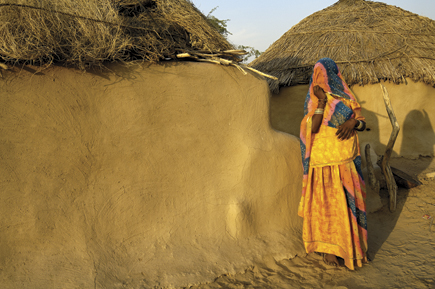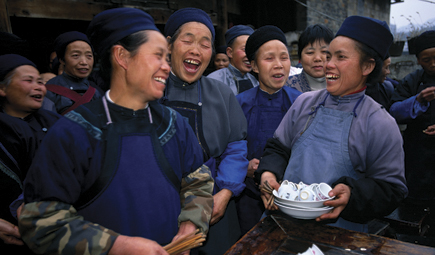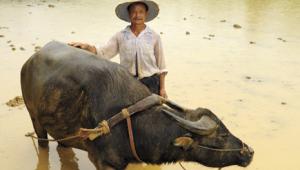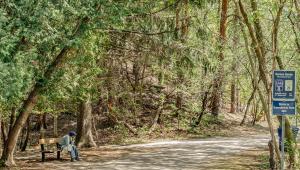On The Road; The Fixer; A Brief Guide To Guides Page 2
 |
|
|
Is there anything to watch out for? Well, sometimes guides who are very good will nonetheless have arrangements with businesses, and they’ll want to take you into a local rug store in the hope that you’ll buy something. Or they’ll favor certain restaurants. The best way to handle this is to get your message across, politely but firmly, right up front: I’m here for photography; I’m not interested in buying rugs. Which is another reason to try to get guides who are used to photographers or film crews; they tend to spend more time on what has to be done. (Then again, guides are very familiar with restaurants in their areas, places you might not know about, so you should be cautiously open to their suggestions.)
From time to time I’ll end up with more than one guide. I’ll have a generalist who will be with me for the whole trip, and then I’ll pick up a supplementary guide for a different area—a specialist, just for that specific place.
You may be surprised to find out that hiring a guide isn’t expensive. You can hire one for the day, for a few days, or for a trip of a week or more. In Cuba I paid $800 for a guide who was with me for a little over a week. That’s a bit high, but he also acted as the driver of the rental car, and he made it possible for me to photograph sugar cane cutters in the field. Without him, if I’d just stopped at a cane field, speaking little Spanish, there would have been no chance of taking up so much of the cane cutters’ time to make the variety of photos I shot.
 |
|
|
In some countries you can get a guide for about $25 a day; in other countries, like Burma, for example, it’s a dollar or two a day.
The guide will generally take care of any monetary things that have to be done when he knows I want to photograph a person or a place. I don’t make a habit of paying people to take their pictures, but in some places virtually no one will allow you to take a picture unless you give them some sort of compensation. The guide can take care of these types of payments and then I’ll reimburse him, but the way I prefer to do it is to give the guide a certain amount of money at the start and let him handle any instances that come up along the way. That way the fixer becomes the negotiator. As a cost example, for three weeks of shooting in Africa, the total disbursements to subjects and, sometimes, to village elders came to $65.
I pay the guide at the end of the service time, but sometimes I’m asked for an advance. If I’m working through a company, an advance is customary. If the guides are very good, there’s always a tip. And if they’re really, really good, I stay in touch with them.
Maynard Switzer’s website (www.maynardswitzer.com) features several portfolios of his travel images.
- Log in or register to post comments

















































